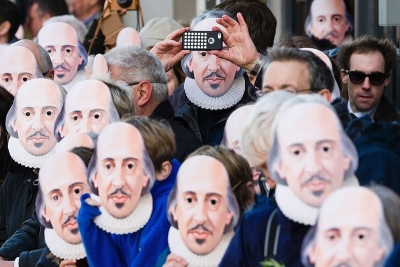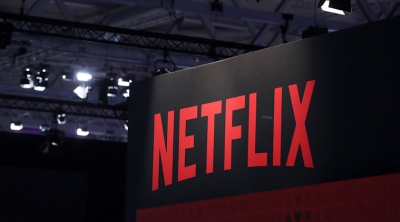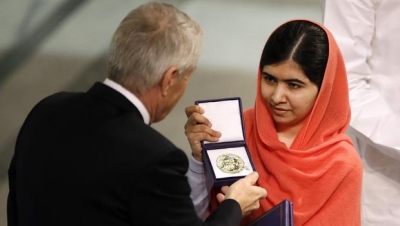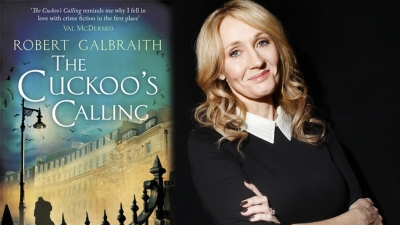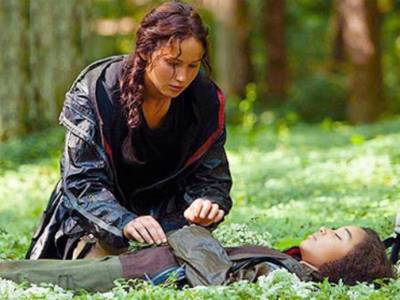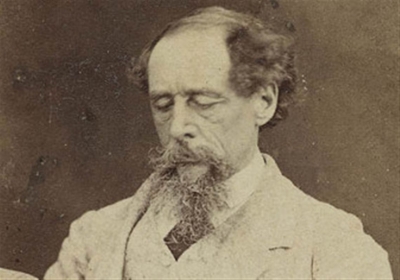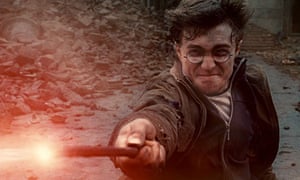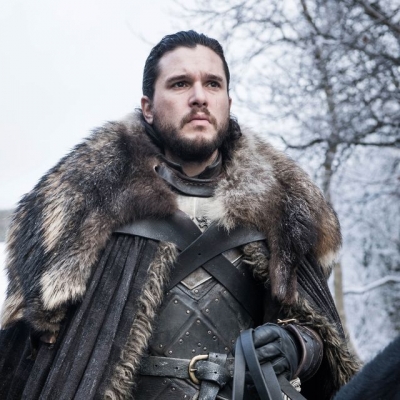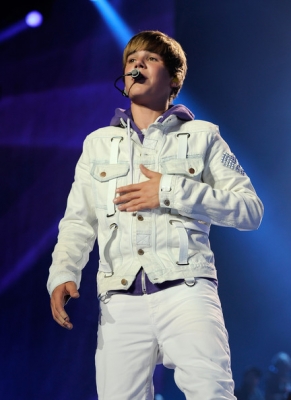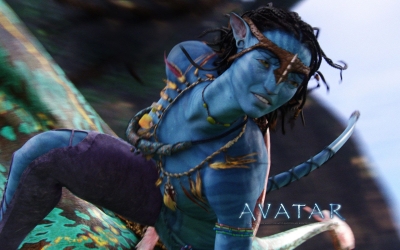WHAT IS A PLASTIC?

Plastics are polymers, which means that they are made of lots of small molecules joined together to form larger molecules in the form of long chains. Polymers can be manufactured from crude oil, natural gas, or coal. They include artificial fibers and many kinds of plastic. Plastics are extremely useful because they are extraordinarily versatile. They are easy to shape and color. They can be made into rigid objects or thin, pliable sheets. Some plastics are heatproof, while others melt at low temperatures.
Plastic is a material consisting of any of a wide range of synthetic or semi-synthetic organic compounds that are malleable and therefore can be molded into solid objects. Plasticity is the general property of all materials that involves permanent deformation without breaking. Polymers’ name is derived from their flexible and plastic properties.
Plastics are typically organic polymers of high molecular mass, but they often contain other substances. They are usually synthetic and most commonly derived from petrochemicals. However, today’s focus on the environment has led to a growing number of plastics to be derived from renewable materials such as polylactic acid from corn or cellulosic’s from cotton linters.
Plastics have been adopted in a significant, and ever-expanding, range of products thanks to their relatively low cost, ease of manufacture, versatility, and imperviousness to water. They can be found in products as simple as paperclips or as complex as planes.
A large source of diverse plastic material is available across a widespread manufacturing spectrum. One of the most recent and exciting manufacturing domains is in 3D Printing. As new applications for 3D Printing are discovered almost daily, diverse arrays of plastic objects have already been produced using the 3D Printing process. These objects can be found in prototyping labs, toys, mechanical gearboxes, medical prosthetics, and many more. Plastics are generally classified by the chemical structure of the polymer's backbone and side chains.
Picture Credit : Google




